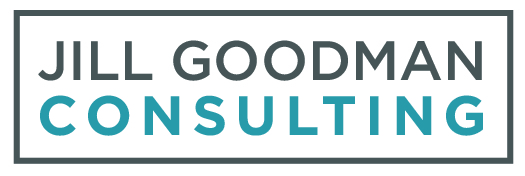Attrition in a Time of Crisis
Private school leaders are deeply worried about attrition in this time of crisis. They wonder if it will be like the economic crash of 2008, and we will see a steep drop-off of students whose family can no longer afford the cost of tuition. Some schools have just moved the last of the Great Recession tuition assistance families through their system. Now faced with a new crisis that threatens depleted reserve funds and endowments, schools have difficult decisions ahead. I have conducted Attrition Studies with schools across the country, and in those studies, I speak with families about why they decided to withdraw a student before graduation. Before this crisis, the majority of families that leave told the school that the reason was financial. When I spoke with the parents, the story was very different. A small percentage of families leave the school strictly for economic reasons, and the majority leave for reasons that the school could have addressed more effectively.
When I talk with school leaders about attrition, I explain that there are several pieces of consistent information or experiences that parents need each year to cement their relationship with the school. Every year parents wrestle with feelings of risk, wondering if the school will be able to address the changing needs of the child and family and make the tuition worth the sacrifice that most parents make to afford the school. The school's ability to mitigate risk in several ways is the key to low attrition.
Here is what I’m seeing since we have all been sheltered in place: the shelter in place order that facilitated remote learning has reinforced families’ decisions that their private school is the best educational option. If they can afford to re-enroll, they will gladly do so. How is that possible when students are not physically on the beautiful campus and interacting with the close-knit community?
Two reasons: 1) the Brand Promise Communication Feedback Loop, and 2) Public Displays of Learning. These are just two of the Six Components of Parent Retention that I developed to help school leaders and faculty become acutely aware of parents as continual decision-making customers after the initial admissions experience. Let us look at these two components and consider how they impact a parent’s connection to the school.
Brand Promise Communications Feedback Loop. The school makes promises to parents and students regarding the brand of the school. The school makes these promises in the admissions process, through your website, social media, and word of mouth. Your school’s brand might include, for example, academic rigor or that every child is known and valued. How does the school regularly communicate to current parents the ways that the school is fulfilling its brand promise every day? It probably does not. But now, with remote learning in place, parents are intimately involved in the process. They see the assignments, listen in on classroom activity, hear the guidance from the teachers, and know the lesson plans. They see evidence every day that the school is fulfilling its promise.
Public Displays of Learning. When I conduct focus groups for schools that are evaluating their brand and brand promises, I always ask participants to tell me about a high point experience, one that made them feel alive, engaged, and connected to the school. Parents will often talk about a play, skit, community event, athletic event, Chapel talk, or book report. Parents can see that their child is mastering a piece of material or activity that is a real stretch for him or her. They are surprised and delighted by seeing this growth and seeing it in community with others. That is happening every day during this time of quarantine. Parents see their child with peers, in the classroom, interacting and contributing to the fabric of the learning community, and stretching themselves in new ways. And, all the other parents in the class are seeing this, too.
By carefully analyzing the feedback your school is getting during this time of crisis, school leaders will be able to decide which parts to incorporate into the program or product to help families mitigate risk and alleviate anxiety when deciding to re-enroll students. The Golda Och Academy has collected all the notes of gratitude received by parents in recent weeks and posted them to their Wall of Gratitude. It is a brilliant example of a way to lift and connect the community, build faculty morale, and to assess what is working best right now. The school can then decide on a new way forward, one that will serve the changing needs of the school community.
The author, Jill Goodman, is a consultant working with independent school leaders to advance their school’s mission, enhance their processes, and bolster their skills.



